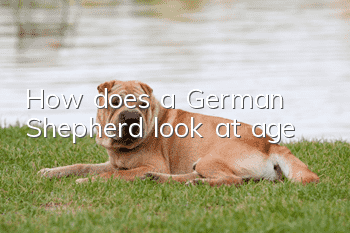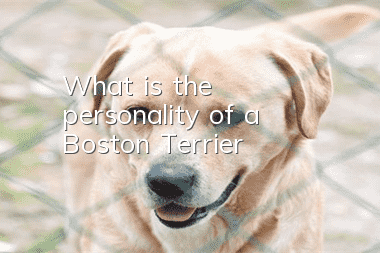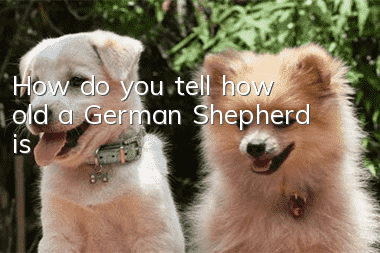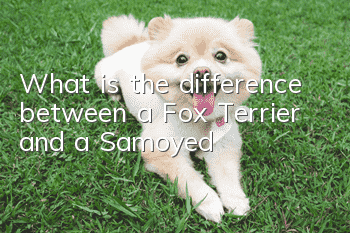How does a German Shepherd look at age?

Based on the growth, wear and loss of teeth, the age of a dog can be judged. Generally speaking, puppies before 3 weeks of age have no teeth; by 4 weeks of age, all incisors are in full length; by two months of age, all deciduous teeth are in full length. The deciduous teeth are white, thin and pointed. There are 28 deciduous teeth in total, namely 12 deciduous incisors, 4 deciduous canines, and 12 deciduous premolars. Puppies have no back molars.
At 2 to 4 months old, the first deciduous incisor is replaced; at 5 to 6 months old, the second and third deciduous incisors and deciduous canines are replaced; at 8 months and above, all permanent teeth are replaced.
The 1-year-old’s permanent teeth are all long, white and bright, and there are sharp protrusions on the incisors.
At 1.5 years old, the large peak of the first mandibular incisor wears to the same level as the small peak. At this time, it is called peak obliteration.
The peak of the mandibular second incisor is lost at 2.5 years old; the peak of the maxillary first incisor is lost at 3.5 years old; the peak of the maxillary second incisor is lost at 4.5 years old.
At 5 years old, the peak of the third mandibular incisor is slightly worn, and the wear surfaces of the first and third mandibular incisors are rectangular.
At 6 years old, the peak of the third mandibular incisor has disappeared and the canine teeth are blunt and rounded.
7-year-old mandibular first incisor is worn to the root of the tooth, and the wear surface is oval.
8-year-old mandibular first incisor is worn and tilted forward.
The wear surfaces of the second mandibular incisor and the first maxillary incisor at the age of 10 were longitudinally oval in shape.
At the age of 15, the incisors were lost, the canines were incomplete, and the roots of the teeth were yellow.
- What do Bordeaux dogs eat?
- What are the personality traits of a Samoyed?
- How to train a puppy to swim
- How to identify purebred Samoyeds
- How to train a puppy to pick up things
- How to raise a Boston Terrier
- How does Bichon bear look at his age?
- What can golden retrievers eat to gain weight?
- How to feed German Shepherd dogs
- What’s wrong with golden retrievers eating grass?



